Homeowners plan kitchen projects with two questions in mind. What will it cost, and how long does kitchen renovation take. Time is a major factor because the kitchen supports daily life. A clear schedule helps you set expectations, manage budgets, and coordinate with every trade. This guide explains typical timeframes, shows what speeds projects up or slows them down, and adds Ohio and Northeast context where it matters.
Icon Home Inspectors is not a contractor. The team evaluates homes so owners understand current conditions before work begins. That perspective keeps schedules realistic and helps prevent surprises.

Typical Timeframes Homeowners Can Expect
Across the United States, many straightforward kitchen renovations land in the six to ten week range once work starts on site. Smaller updates move faster. Projects that change layouts, relocate utilities, or replace flooring from wall to wall take longer. The calendar also includes lead times for cabinets, countertops, and inspections by the city or county where permits apply. When someone asks how long does kitchen renovation take, the honest answer depends on choices, materials, and the condition of the home.
Simple refresh projects focus on paint, hardware, lighting swaps, and a new backsplash. These can wrap in two to three weeks if materials are on hand. Mid scale renovations that include semi custom cabinets, new appliances, and updated plumbing rough-ins often need seven to nine weeks. Large scale work that removes walls, builds islands with new utilities, and installs stone tops or custom hoods can stretch to twelve weeks or more.
What Drives the Schedule
Scope sets the base timeline. Moving gas lines or electrical service adds time because licensed trades must complete rough work and return for final connections. Cabinet selection influences the calendar as well. Stock units can arrive in days. Semi custom and custom lines often ship in four to eight weeks. Countertop material affects timing too. Quartz and natural stone require templating after cabinet installation, then fabrication, then installation. That sequence adds one to three weeks.
Inspection and approval stages also matter. Local officials verify rough-in work before walls close and check final life safety items near the end. These steps protect you and help ensure quality. Permits and inspections add days to the calendar, yet they prevent costly rework later.
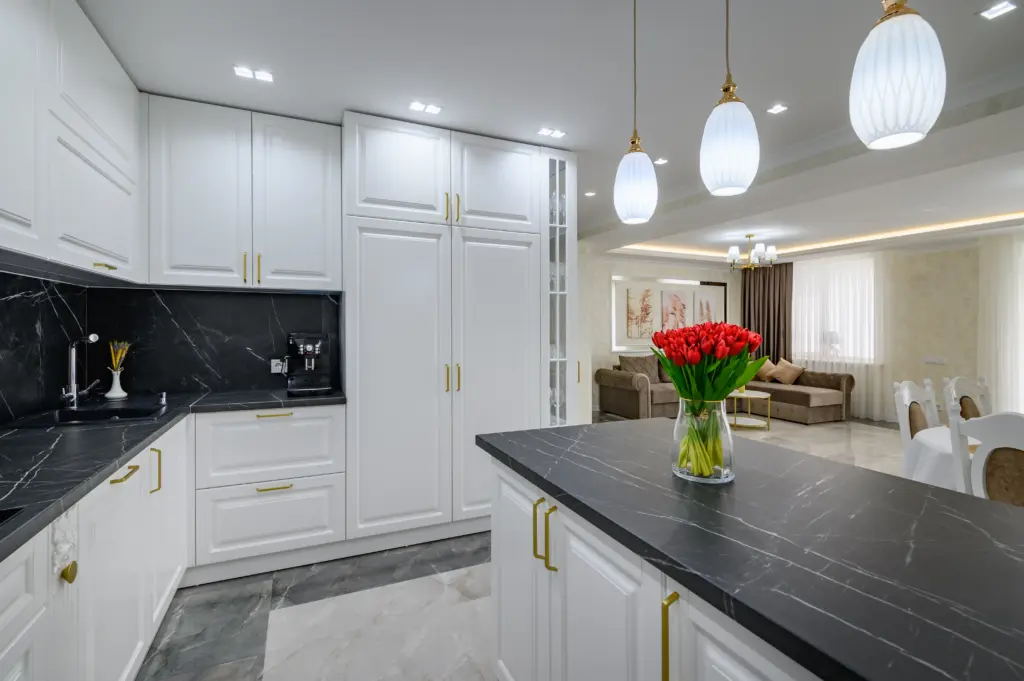
How Existing Conditions Affect Timing
Older homes sometimes hide issues behind walls and floors. Outdated wiring, ungrounded outlets, damaged subflooring, or past water leaks slow projects because they must be corrected before new finishes go in. Discovering those conditions after demolition can shift the schedule by days or weeks. A pre renovation evaluation from a qualified inspector helps reveal risks early. That clarity allows your contractor to plan labor and materials without guesswork.
Moisture is another factor. If demolition reveals damp drywall, wet insulation, or soft framing, drying and repairs take time. Addressing moisture promptly prevents mold and protects indoor air quality. The U.S. Environmental Protection Agency provides guidance on moisture control and ventilation. Following those principles keeps your project safe and steady.
National Averages Compared to Ohio and the Northeast
Regional labor availability and climate influence pace. In the Ohio and broader Northeast region, many homes date to the mid twentieth century or earlier. That often means electrical or plumbing upgrades during kitchen work. Those upgrades add a few extra days, yet they improve safety and long term value. Winter weather also affects deliveries and exterior vent terminations. Crews can work year round, but snow and ice sometimes slow outside tasks for short periods.
Compared to coastal metros, lead times for trades in Ohio are often reasonable. Cabinet and countertop timelines vary less than labor. With good planning, many Ohio kitchen projects complete in six to ten weeks after start. That aligns with national averages, with slight extensions when a home needs infrastructure updates.
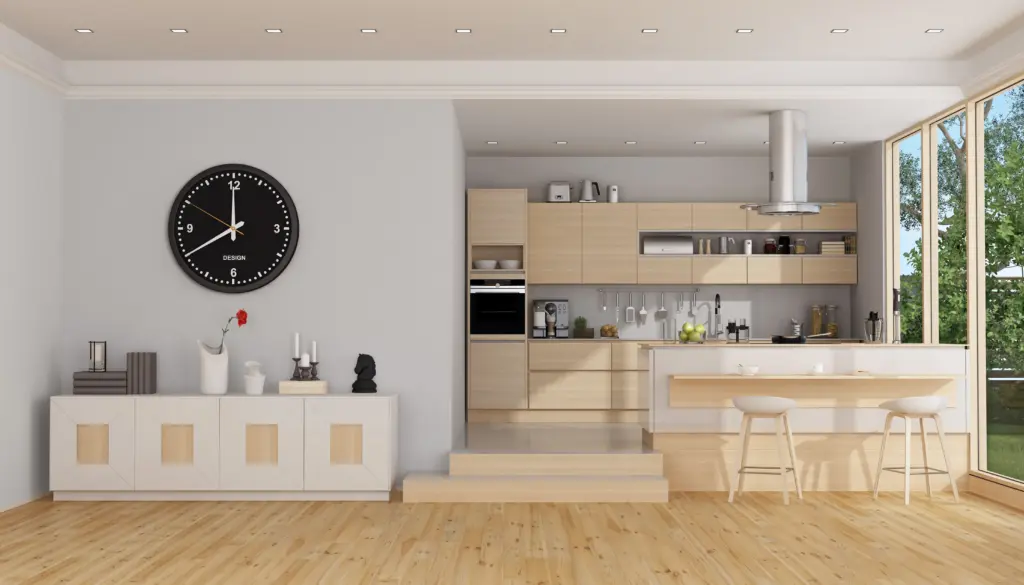
How Long Does Kitchen Renovation Take When You Keep the Layout
Keeping the layout usually shortens the calendar because utilities stay put. Appliances return to familiar locations. Flooring transitions remain simple. Cabinet lines still drive timing, yet the number of inspections drops. For many homeowners, this approach answers the question of how long does kitchen renovation take with a calmer schedule in the five to eight week range, assuming materials arrive on time.
How Long Does Kitchen Renovation Take When You Change the Layout
Relocating sinks, cooktops, or ovens increases complexity. Framing changes for islands, vent runs to the exterior, and new circuits for dedicated appliances add steps. Crews complete rough-ins, await inspections, close walls, then return for finish connections. Stone and tile crews enter near the end. In these cases, how long does kitchen renovation take often spans eight to twelve weeks, with larger projects running longer.
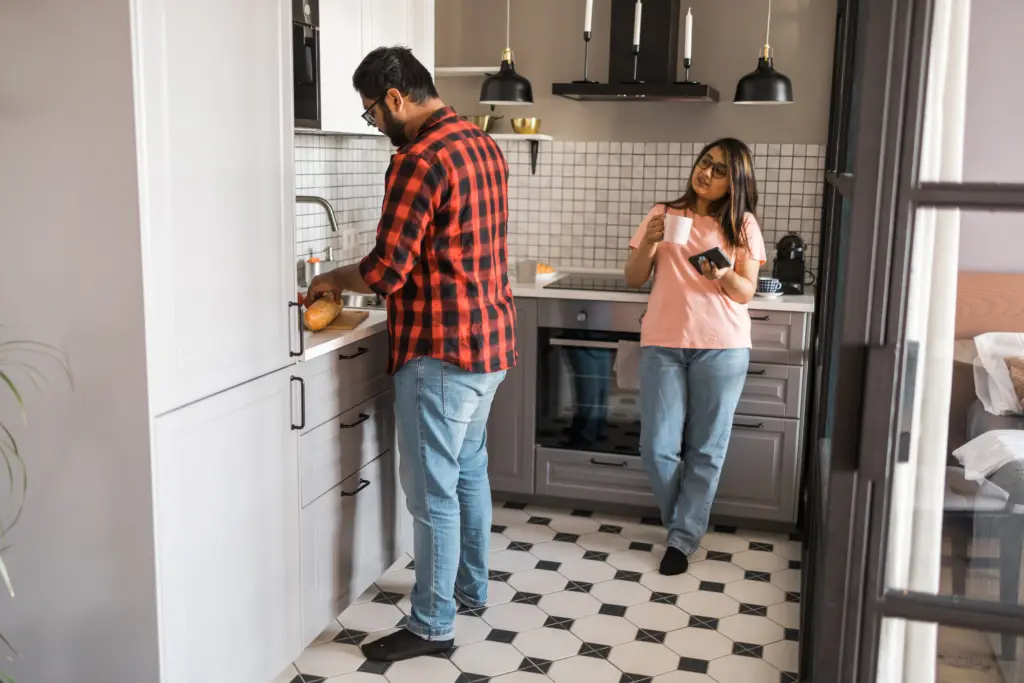
Material Choices and Their Timeline Impact
Cabinets remain the biggest schedule lever. Confirm lead times before you set a start date. If you want stained or painted finishes with factory application, expect longer waits than for in stock options. Countertops require planned sequencing. Book the template date as soon as cabinets are leveled and secured. Ask the fabricator for a clear installation window. Tile selections can add time if patterns require intricate layout or if specialty trims have long lead times.
Appliances can surprise busy households. Some high demand models ship weeks after ordering. Confirm delivery dates and secure storage if they arrive early. Careful coordination keeps the project moving without gaps.
Permits, Codes, and Responsible Planning
Local permitting protects health and safety. It confirms that electrical, plumbing, and venting meet current standards. The U.S. Department of Housing and Urban Development encourages homeowners to follow code and maintenance best practices during improvements. When permits apply, schedule checks into your plan. Rough inspections happen before drywall and finishes. Final inspections occur near completion. Build these dates into the timeline so no one feels rushed.

Sequencing That Keeps Work Flowing
Kitchen work follows a logical order. Contractors protect floors, set up dust barriers, and remove old fixtures. Framing and rough utilities follow. Insulation and drywall close the walls. Then crews paint, install flooring if needed, set cabinets, template counters, install counters, and complete tile, plumbing trims, and electrical trims. Final tasks include hardware, caulk, and touch ups. When homeowners ask how long does kitchen renovation take, this sequence explains why certain steps cannot overlap. Each task prepares the next.
Ways to Reduce Delays Without Cutting Corners
Order long lead items early. Approve cabinet drawings promptly. Confirm appliance model numbers before rough-in so trades place outlets and gas lines correctly. Provide clear access each morning. Keep decisions on grout colors, edges, and hardware ready before crews reach those steps. Small actions like these remove idle time and help the calendar hold together.
Good communication keeps momentum. Ask your contractor for a weekly plan and a look ahead. Share the plan with family members so daily routines stay predictable. If changes arise, decide quickly and document them. Timely decisions keep the schedule stable.

How Long Does Kitchen Renovation Take With Sustainable Choices
Energy efficient upgrades can fit within the same schedule when planned from the start. Selecting LED lighting, efficient dishwashers, and low flow faucets supports long term savings. The EPA publishes resources that help homeowners choose options that save energy and water. When these elements join the plan early, they do not add time. Late changes, however, can create delays as trades adjust rough-ins or as suppliers locate new parts.
Budget Planning and Its Time Impact
Budgets and calendars are connected. When scope creeps, time expands. Protect both by setting priorities and ranking features. Decide what must remain on schedule and what can shift if a surprise appears. Hold a small contingency for both cost and time. That cushion keeps the project calm when field conditions reveal an extra task.
How Long Does Kitchen Renovation Take If You Live at Home
Many families stay in place during work. That choice influences pace because crews set up protection daily and stage tools carefully. It remains a practical option when the team maintains clean pathways and a temporary cooking area is planned. Expect a few extra days across the whole project compared to a vacant home. Clear daily windows help both sides. Crews can arrive, work efficiently, and clean up without friction.
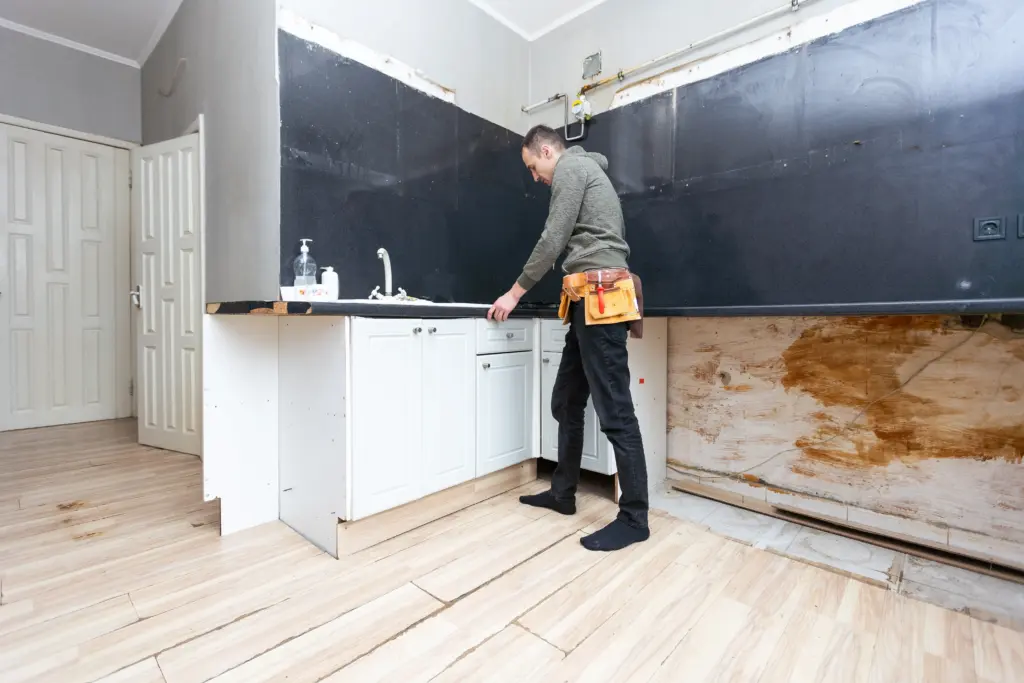
Ohio and Northeast Considerations That Affect Timing
Seasonal weather shapes deliveries and exterior vent terminations. Winter adds a little time for exterior caps, sealed penetrations, and paint cure rates. Summer humidity can lengthen dry times for certain patching products. Local holidays and peak construction seasons affect labor availability. In this region, spring and early fall often deliver the steadiest schedules. Even so, a solid plan keeps any season workable.
Setting a Realistic Start Date
Pick a start date after key materials arrive. Cabinets, specialty tile, and appliances should be secured or have firm arrival dates. Confirm permit status and inspection windows. If you are still asking how long does kitchen renovation take while lead times shift, wait a week or two before demolition. Starting with full readiness prevents gaps and stress.
Quality Checks That Protect the Calendar
Quality saves time because rework is slow and costly. Confirm walls are plumb and floors are level before cabinets go in. Verify appliance openings and clearances. Check that vents reach the exterior and damper flaps move freely. Small confirmations at each step prevent schedule slips later.
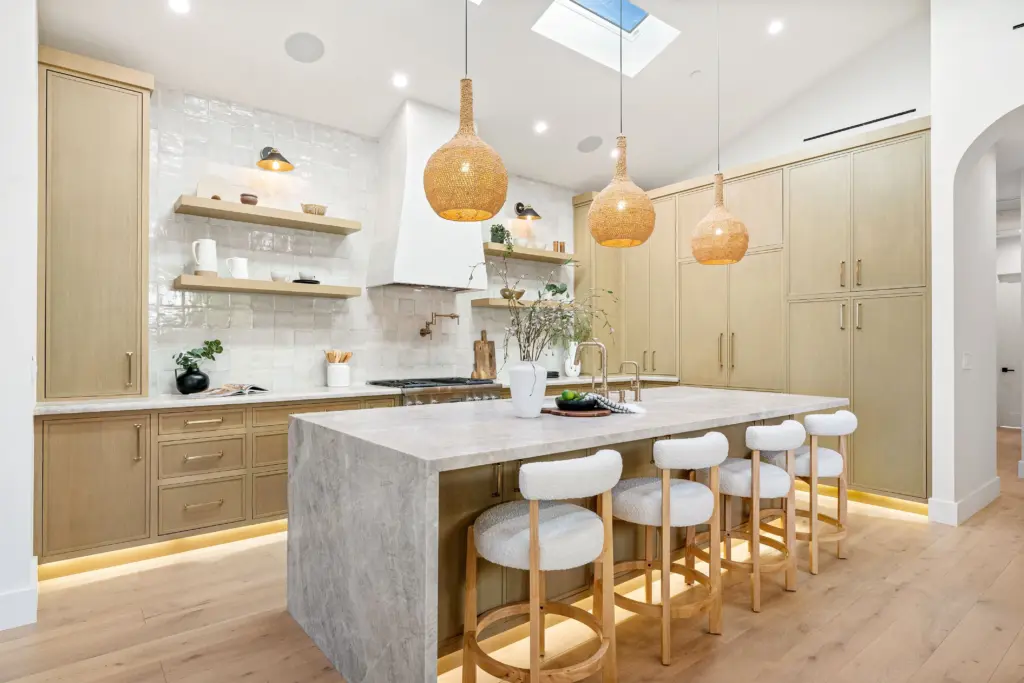
What to Expect After Completion
Even after installers finish, a few tasks remain. Some cabinet doors need minor adjustment after the room settles. Caulk joints may receive a quick touch up. Keep the punch list short by walking the space with your contractor and signing off on each item. Save documentation for appliances, finishes, and warranties. That file helps with future service or resale.
Final Thoughts
There is a practical way to answer the question, how long does kitchen renovation take. Plan for six to ten weeks for a typical project once work begins, and build in time for materials and approvals. Layout changes and infrastructure upgrades extend that window. Keeping the layout often shortens it. Regional realities in Ohio and the Northeast add weather and labor context, yet good planning prevails in every season.
If you want to understand your home’s current condition before setting dates, visit Icon Home Inspectors or review the full list of inspection services. Clear information at the start helps you choose the right scope, protect your timeline, and enjoy a kitchen that works beautifully on day one.